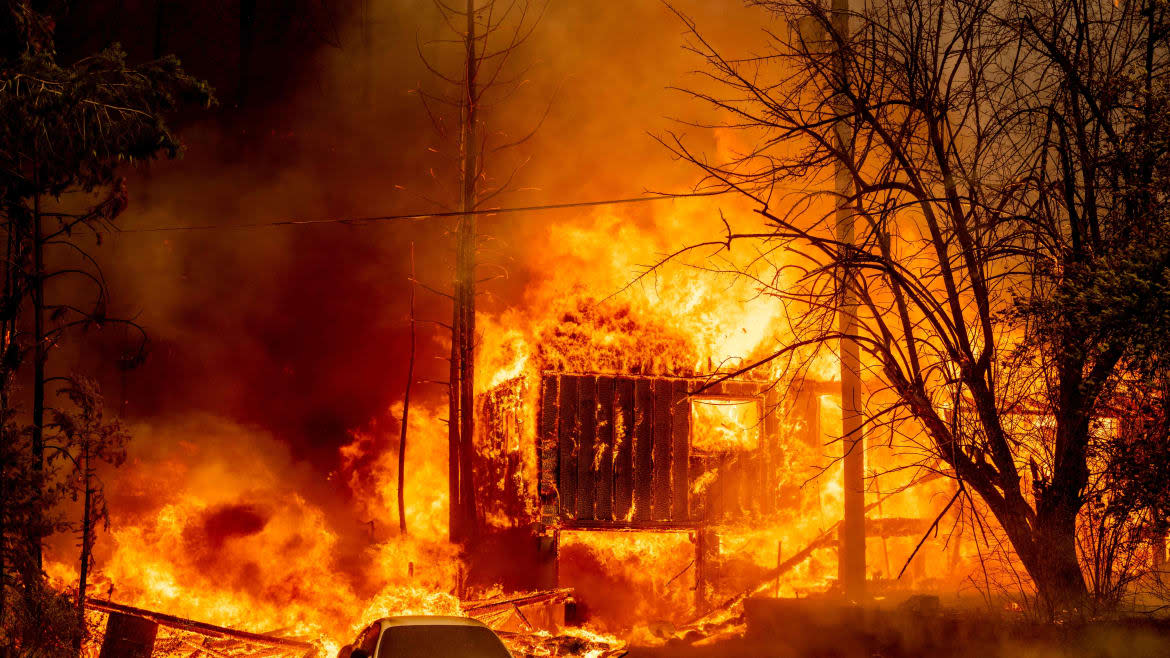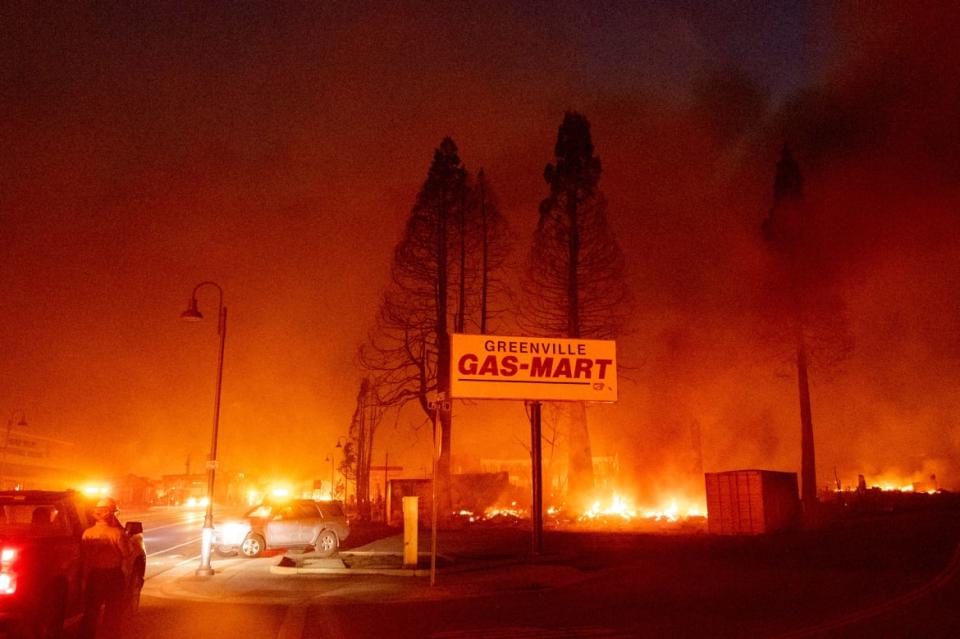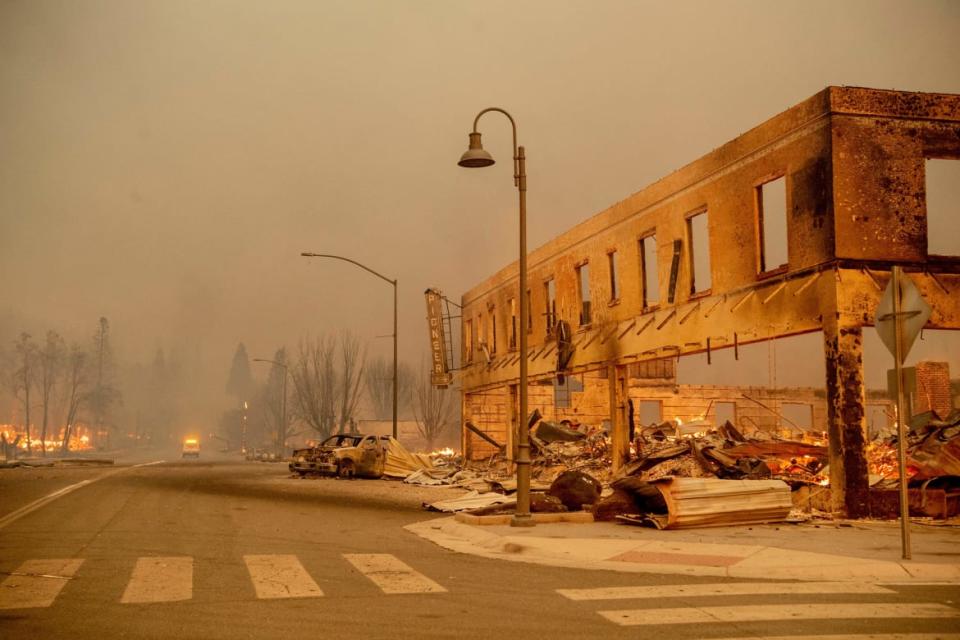‘No Words’: California’s Devastating Dixie Fire Is Now the Third Largest in State History

The Dixie Fire mushroomed overnight into the third-largest wildfire in California’s history amid scorching temperatures, parched lands, and powerful wind gusts.
The devastating blaze exploded by roughly 110 miles between Thursday night and Friday morning alone, going from the state’s sixth-largest wildfire to the third within hours.
Firefighters had succeeded in containing the three-week-old fire by roughly 35 percent early Friday, but that didn’t stop its blaze from engulfing an area of 676 square miles—decimating structures and forcing residents to flee from their homes.
As the Dixie Fire raged on, it had consumed about 432,813 acres early Friday, according to Cal Fire.

Thankfully, winds are expected to change course and decrease over the weekend, a meteorologist told residents of an affected area at a community meeting Thursday night. But that relief comes after the Dixie Fire has already charred “well over” 100 homes in and near the town of Greenville, which was utterly decimated by the blaze, according to Sheriff Todd Johns in Plumas County, California.
“We lost Greenville tonight,” Rep. Doug LaMalfa (R-CA), who represents the area, said in a Facebook video late Wednesday. “There’s just no words.”
Stuart Palley, a photographer who captured photos of the blaze, said that all he could see standing on the Gold Rush-era town’s Main Street was a dollar general store. “My heart is broken for this beautiful little town,” he wrote on Twitter.
I want to credit all the firefighters here right now doing their best to save what structures are left. And there are a few that will make it. I know they're hurting today too. Nobody wants this.
— Stuart Palley (@stuartpalley) August 5, 2021
On Thursday, authorities were still looking for four people who were unaccounted for in the area, Plumas County officials said, according to CNN. The sheriff’s office at nearby Lassen County issued new evacuation orders on Friday.
Erratic winds have made the Dixie Fire particularly dangerous and unpredictable. Chris Carlton, a supervisor for Plumas National Forest, said the conditions were “uncharted territory.”
“We’re seeing truly frightening fire behavior, and I don’t know how to overstate that,” Carlton said Thursday. “We have a lot of veteran firefighters who have served for 20, 30 years and have never seen behavior like this.”

The Dixie Fire is surpassed in size only by two other wildfires in California’s recent history. The state’s largest fire, known as the August Complex fire, torched more than 1 million acres in Mendocino, Humboldt, Trinity, Tehama, Glenn, Lake, and Colusa counties in August 2020. Two years earlier, the Mendocino Complex fire burned more than 459,000 acres in Colusa, Lake, Mendocino, and Glenn counties—a figure that the Dixie Fire is quickly approaching.
Cal Fire said it has seen an increase in acres burned by more than 150 percent across the state compared to this time last year. The country as a whole on Friday was burning with at least 100 large, active fires.
“It’s the climate change,” 58-year-old Greenville resident Curtis Machlan told the Los Angeles Times. “Everybody who didn’t believe it in Greenville is now a climate refugee.”
He said the flames followed the driest season in Sierra Nevada that he can remember.
“Even just with that sense that I knew it was coming, it’s like losing a loved one,” he said. “Like a death of a loved one.”
Got a tip? Send it to The Daily Beast here
Get our top stories in your inbox every day. Sign up now!
Daily Beast Membership: Beast Inside goes deeper on the stories that matter to you. Learn more.

